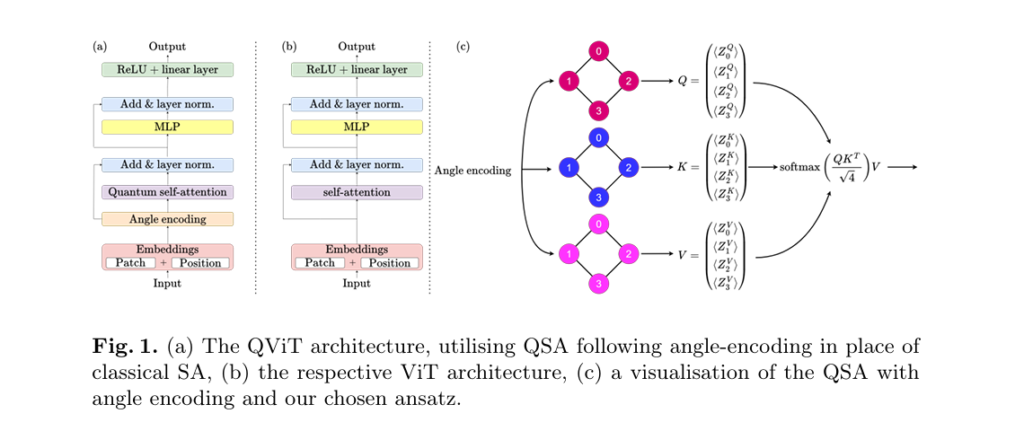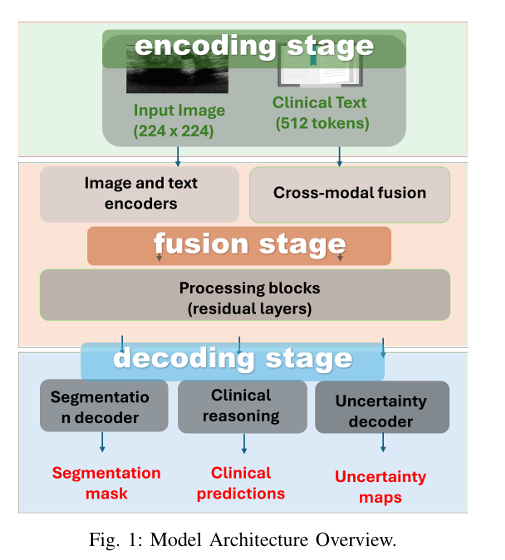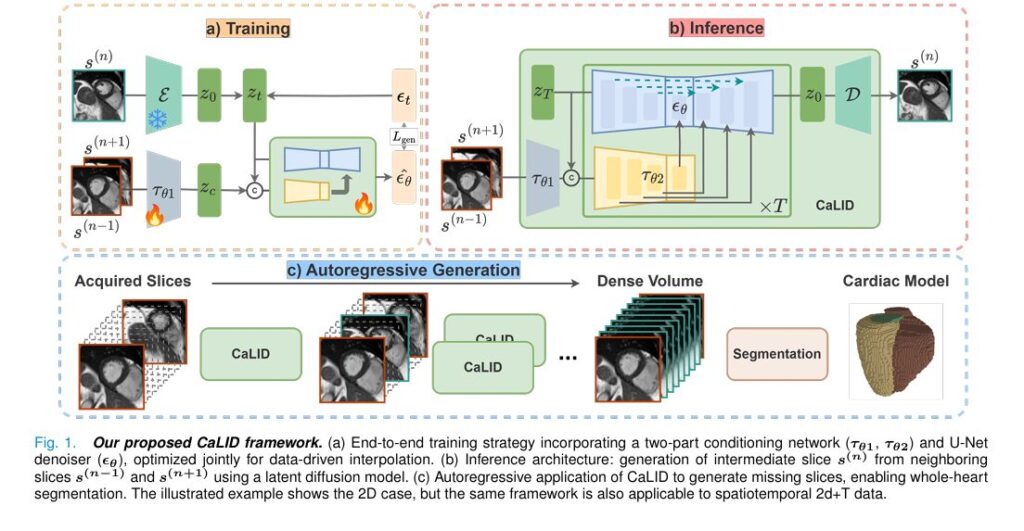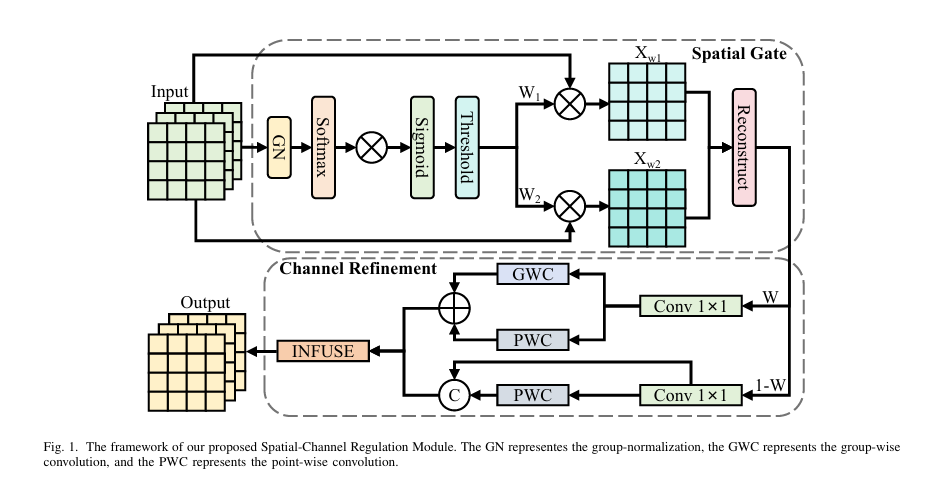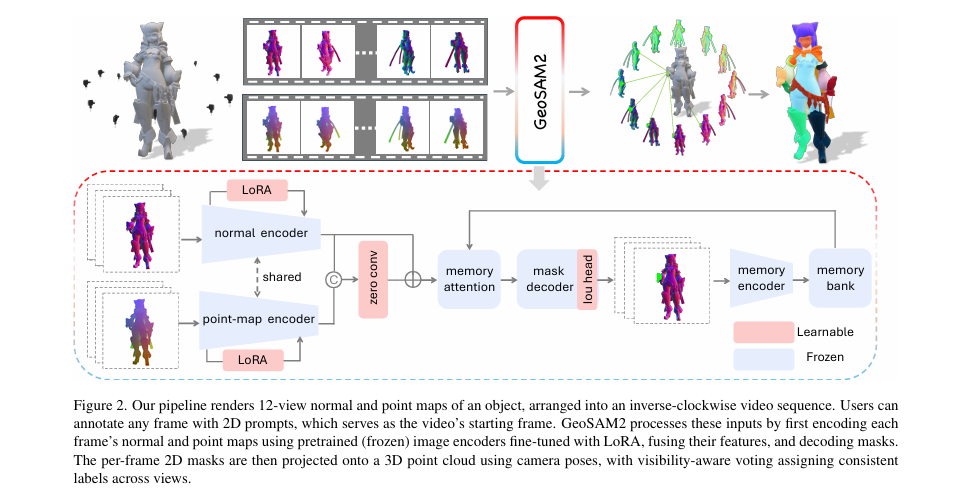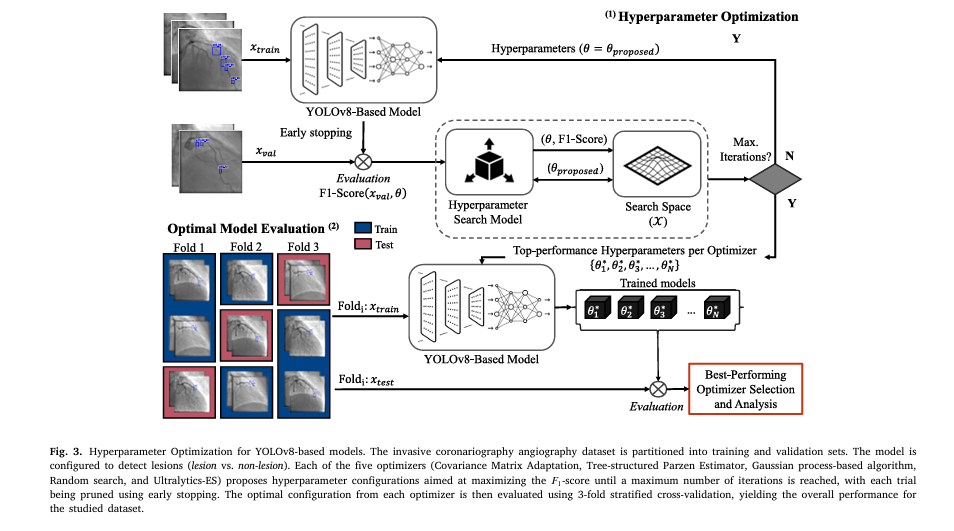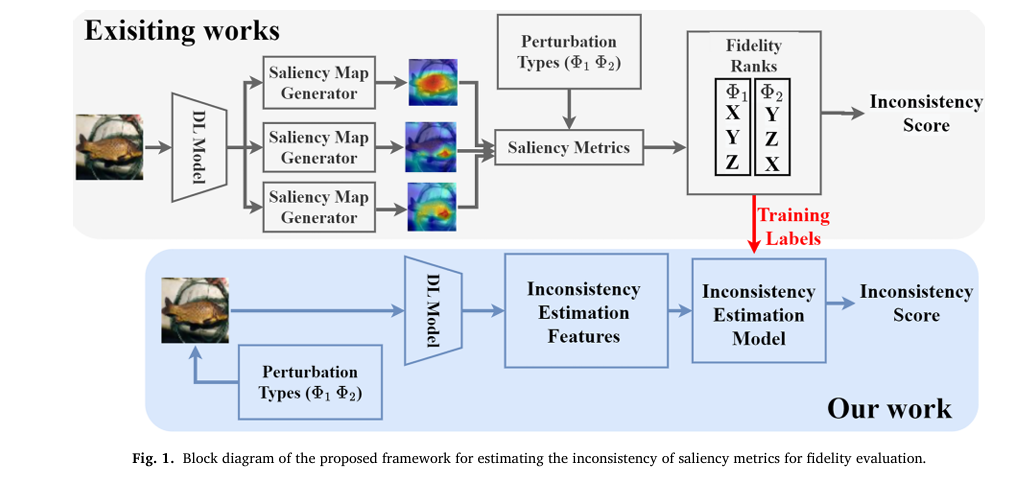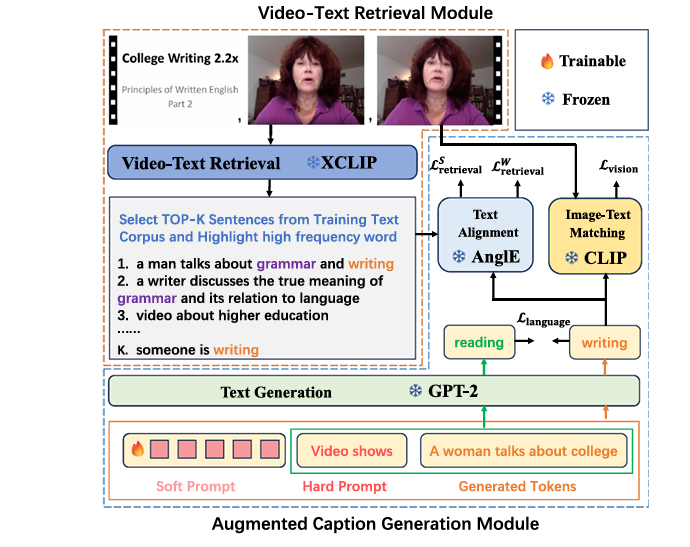Quantum Self-Attention in Vision Transformers: A 99.99% More Efficient Path for Biomedical Image Classification
In the rapidly evolving field of biomedical image classification, deep learning models like Vision Transformers (ViTs) have set new performance benchmarks. However, their high computational cost and massive parameter counts—often in the millions—pose significant challenges for deployment in resource-constrained clinical environments. A groundbreaking new study titled “From O(n²) to O(n) Parameters: Quantum Self-Attention in Vision […]

